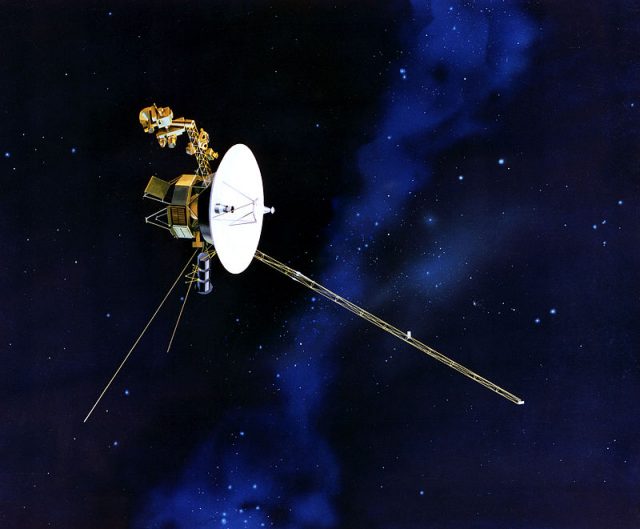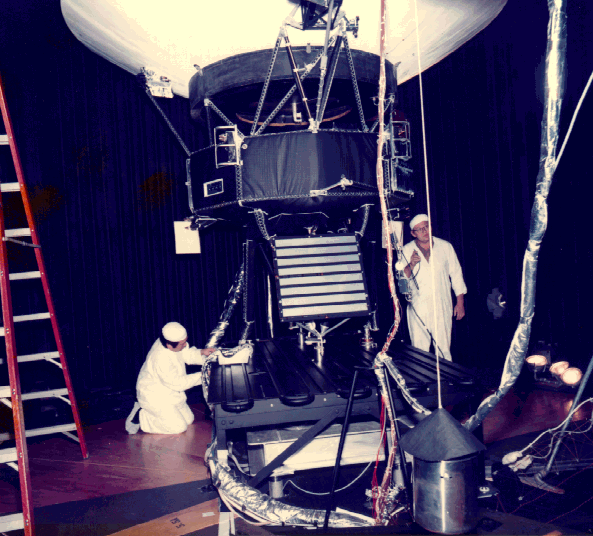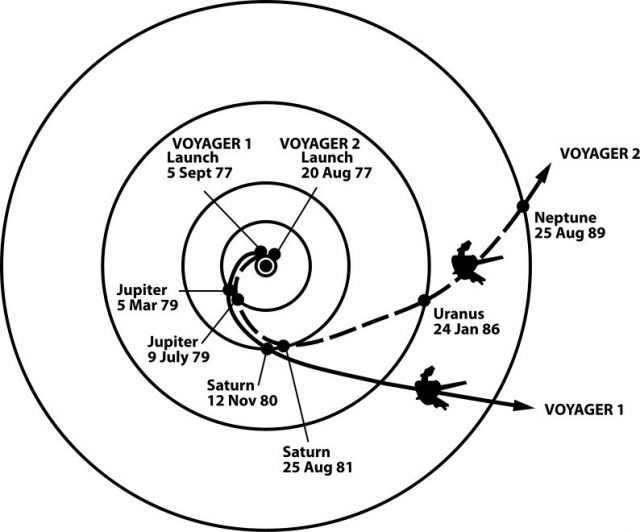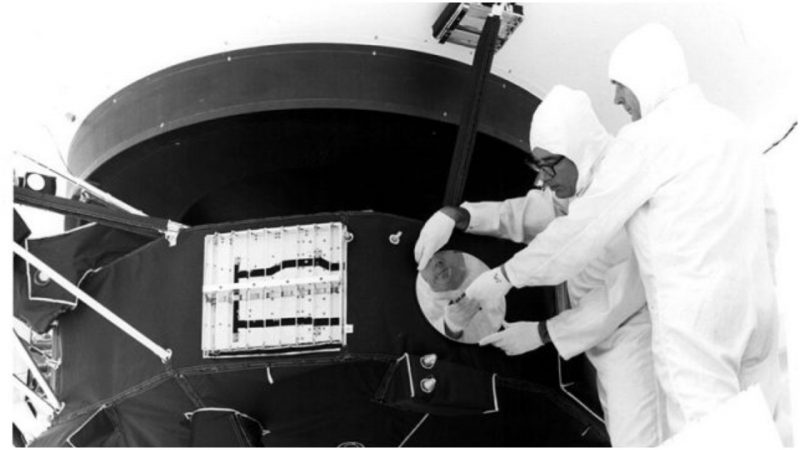We are still far from exploring other worlds and inhabiting planets outside of our solar system, but one traveler has reached farther than any that has gone before. This little vehicle is called Voyager 1 and is currently the fastest and farthest-traveling manmade vehicle.
This beauty of a space-traveling machine recently achieved one more spectacular record–it fired its trajectory correction maneuver (TCM) thrusters after 37 years of inactivity.

Since its launch on September 5, 1977, Voyager 1 has been on a mission of exploration, continuously sending us information about the structure of the solar system. Voyager 1 has been given one more important task: It carries a message from humanity in case it encounters an alien race during its long and lonely journey. It has a golden record with music from the planet Earth attached to it, as well as depictions of some basic stuff about life on our planet.
Voyager 1 has done a lot in the last 40 years. It did flybys of Jupiter and Saturn, sending us valuable data about these planets, and then it continued on its mission to reach the edge of the solar system and move beyond. It is estimated that in 2013, Voyager left the solar system and it’s now moving in interstellar space at the speed of about 3.6 AU (astronomical units) per year.

In order to communicate with Earth and inform us of its progress, voyager depends on its high-gain antenna with a 12 foot parabolic dish. It takes around 19 hours for a signal sent from Voyager to reach Earth, and in order to be functional, the antenna must be pointed towards Earth at all times. The orientation of the antenna and the whole satellite is done by thrusters. This month, Voyager 1 managed to successfully fire a group of thrusters that haven’t been used for 37 years. This is an amazing achievement, considering the years of inactivity and everything that may have gone wrong. Today, Voyager can use these devices again, and with their help, its mission will be extended for another two or three years.
The reactivation of the trajectory correction maneuver (TCM) thrusters has been done in response to the failing attitude-control thrusters, which were previously used for the orientation of the spacecraft. They have been in bad shape since 2014. Since there is no way to bring Voyager back and fix it or send a servicing spacecraft the distance of 13 million miles, the only solution was to ignite and reuse the TCM thrusters.

These thrusters were last used in 1980, while Voyager 1 was doing its planetary flyby missions. Since the spacecraft finished its planetary research, they were deactivated. They were made for a different purpose, but they are the same size as the attitude control thrusters, so they were the logical choice for replacement. In order to turn them on again, the scientists at NASA needed to look back in the specifications of Voyager and learn again the complex and outdated code language used for the programming of the spacecraft’s computer.
The command for re-ignition was sent to Voyager. The first ignition was made just to test the functionality of the units, and after 19 hours, NASA was pleasantly surprised to see that they work perfectly. They are very enthusiastic, and they plan to do the same procedure on Voyager 2, Voyager 1’s sister ship, when the time comes for it.
The success of monumental space missions like this one depends on the skills of the people that work on them. At one point (probably around 2025), Voyager 1 will stop sending signals to Earth because its fuel reserves will be spent, but Voyager is still our ambassador. We can only wonder what it will encounter in its flight.
